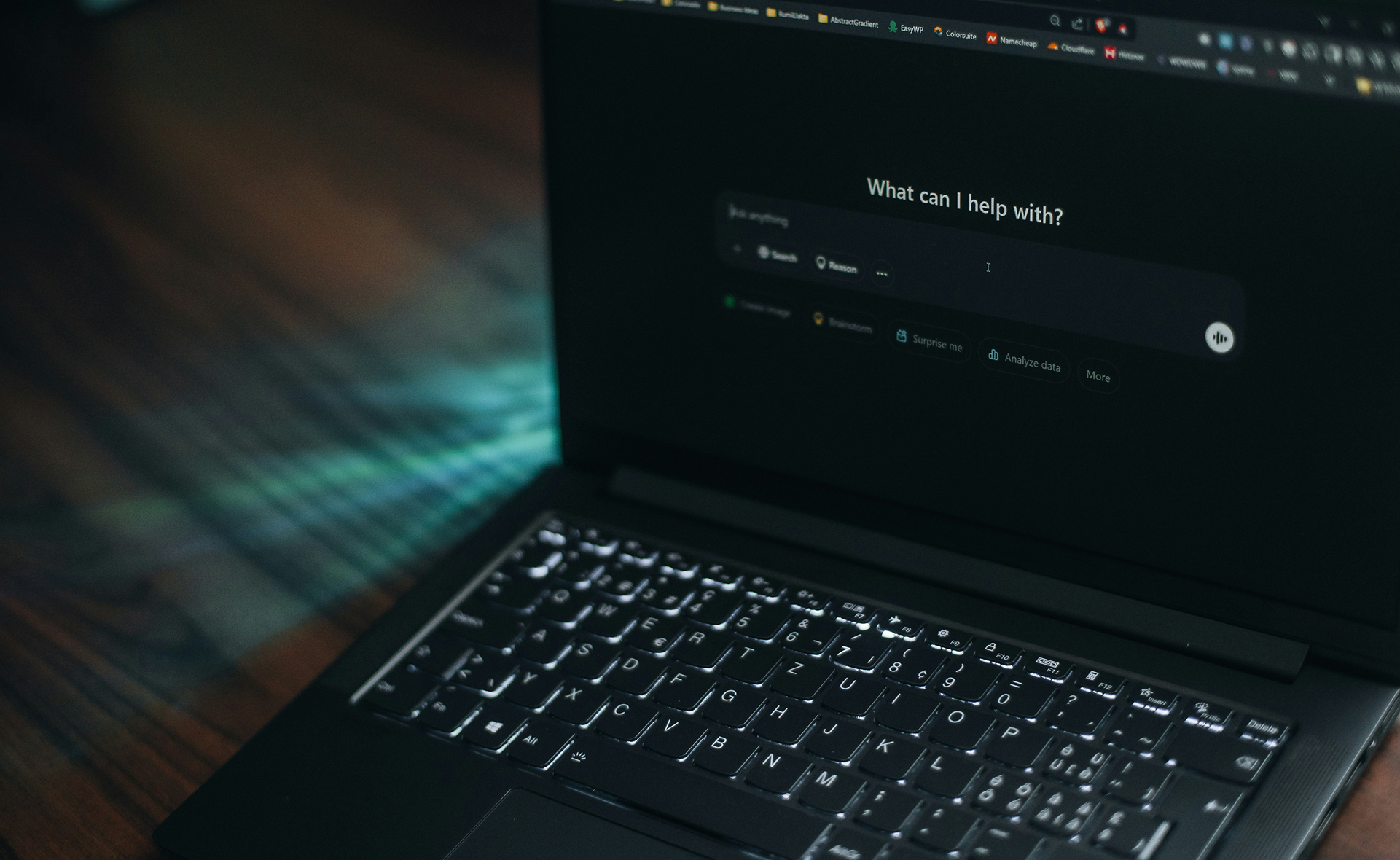Could gender neutrality be a big opportunity for the beauty sector?
This is a trend that many businesses are getting on board with. Air Canada, for example, has opted to stop addressing its passengers as ‘ladies and gentlemen’, while both Google and Apple have introduced non-binary emojis into their mobile operating systems.
For brands that get their messaging and communication strategies right, this issue could present a valuable opportunity to engage with people and strengthen audience relationships. Some of the biggest potential benefits can be found in the beauty industry, a sector traditionally defined by distinct categorisations based on gender.
Shifting trends
The move away from binary perceptions of gender in the beauty industry has been partly driven by the gradual rejection of masculine stereotypes. Brands are no longer attached to the idea that they need to emphasise physical strength and toughness if they want to sell their products to men.
According to industry research firm Mintel, coming across as traditionally masculine is simply no longer a priority for men in many countries. Appearing healthy, handsome and laid-back is a bigger concern for men in the US, only a third of whom view the word ‘manly’ as an appropriate descriptor for personal care products.
The male consumer market is steadily growing in size and potential for beauty brands, underlining the increasing importance of getting your messaging right when seeking to engage with this audience.
Nearly one in six French men and one in ten German men have bought makeup products in the last six months. Mintel noted that, while these figures might seem fairly low, they “signal changing attitudes towards male grooming and beauty.”
In countries like South Korea, there is already a fairly broad acceptance of male make-up and cosmetic products that are not defined by traditional gender stereotypes. This is partly a cultural phenomenon, with the growth of the K-pop music genre contributing to new perceptions of masculinity based around softness, sensitivity and sophistication.
This has spread beyond South Korea and into the West, with Rihanna’s Fenty Beauty line offering a Gentlemen’s Fenty Face box set and Chanel has launched Boy de Chanel, its first line of makeup for men, with explicit messaging emblazoned on its front page that says “beauty knows no gender.”
Which brands are getting it right?
It has never been more important for beauty brands to keep up with the interests and expectations of modern consumers in order to succeed.
Many companies are recognising the growing importance of non-binary perceptions of gender by investing in new product lines and dedicated brands.
French fashion houses Chanel and Givenchy have both taken steps to capitalise on the growing interest in male cosmetics by designing makeup lines for men, while other brands have embraced gender neutrality by launching products for everyone to use – men, women, and those who identify as neither one nor the other.
Korean skincare manufacturer Panacea was launched on the assumption that moisturiser can be used by anyone, and based its marketing and product design on that idea.
ASOS, which is best-known as a fashion retailer, launched a cosmetics campaign in 2018 that chose to dispense with the word ‘beauty’ altogether, deciding it was too closely connected to the sort of makeup marketing campaigns consumers have seen so many times before. The company designed a deliberately gender-neutral range of products that were worn by male, female and non-binary models of various ages and races.
Sensitivity through language
ASOS’ decision to remove the word ‘beauty’ from its marketing campaign underlines how important it is for brands to find exactly the right language and tone of voice to convey their message and describe their products to consumers.
Furthermore, given the potential sensitivity of this issue and the nuanced debate around gender perceptions in the 21st century, brands must be able to communicate in a way that recognises just how complex a subject this is.
When you do business globally and hope to connect with a range of international audiences, you need the right language capabilities to start conversations with your customers and recognise their needs and interests in a natural, meaningful way. This is where professional language services can prove invaluable.
It can also be highly beneficial to conduct market research to understand opinions and local customs in your target locations. This could help you gauge how people in South Korea are likely to view male makeup differently to those in Japan, for example.
Businesses should focus on prioritising a data-driven strategy that measures the impact of SEO. Brands should analyse their existing international organic traffic and demographic data across channels.
To corner the market here, brands looking to appeal to audiences looking for beauty products should aim to identify relevant keywords that appeal to consumers across the gender spectrum. Retailers should assess the competition around specific keywords and try to find keywords with low to moderate competition to have the best chances of ranking higher. Businesses should also examine aspects of their technical SEO, including click-through rate, domain authority, as well as engagement metrics such as time spent on page or bounce rate.
Locaria can help you plan and execute your international marketing efforts with focused research, translation, localisation and other strategies. To find out more, call us on +44 (0)20 3948 6800.



